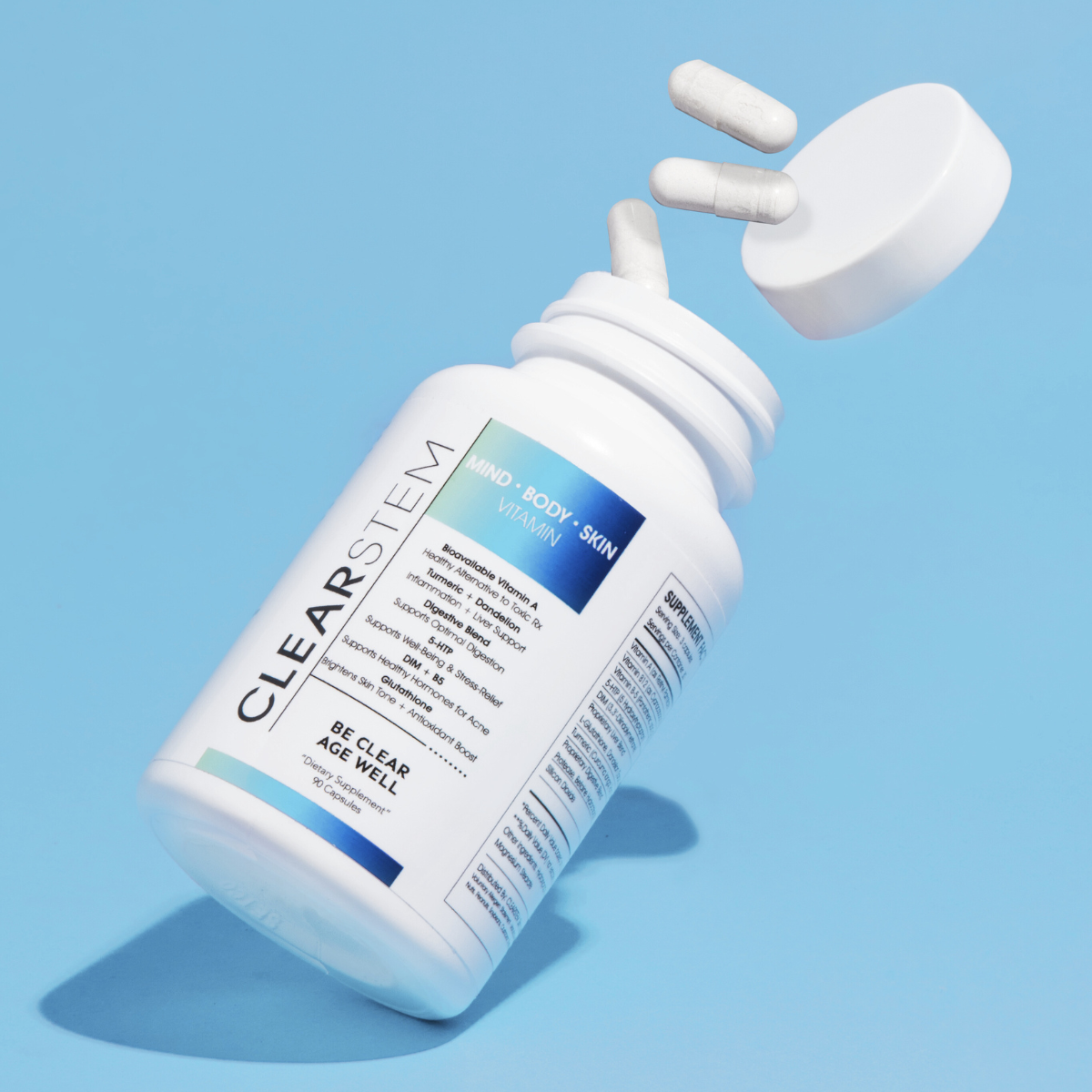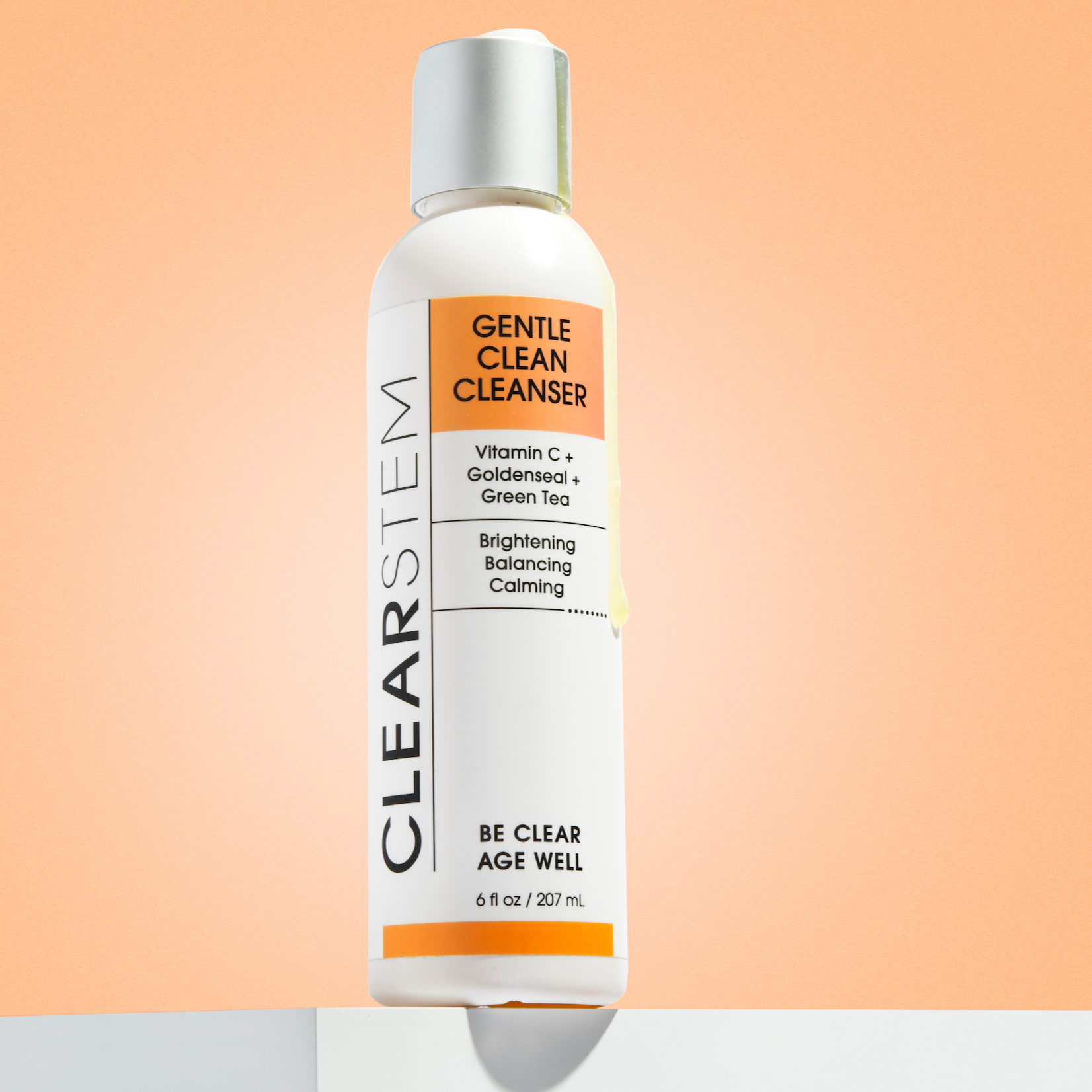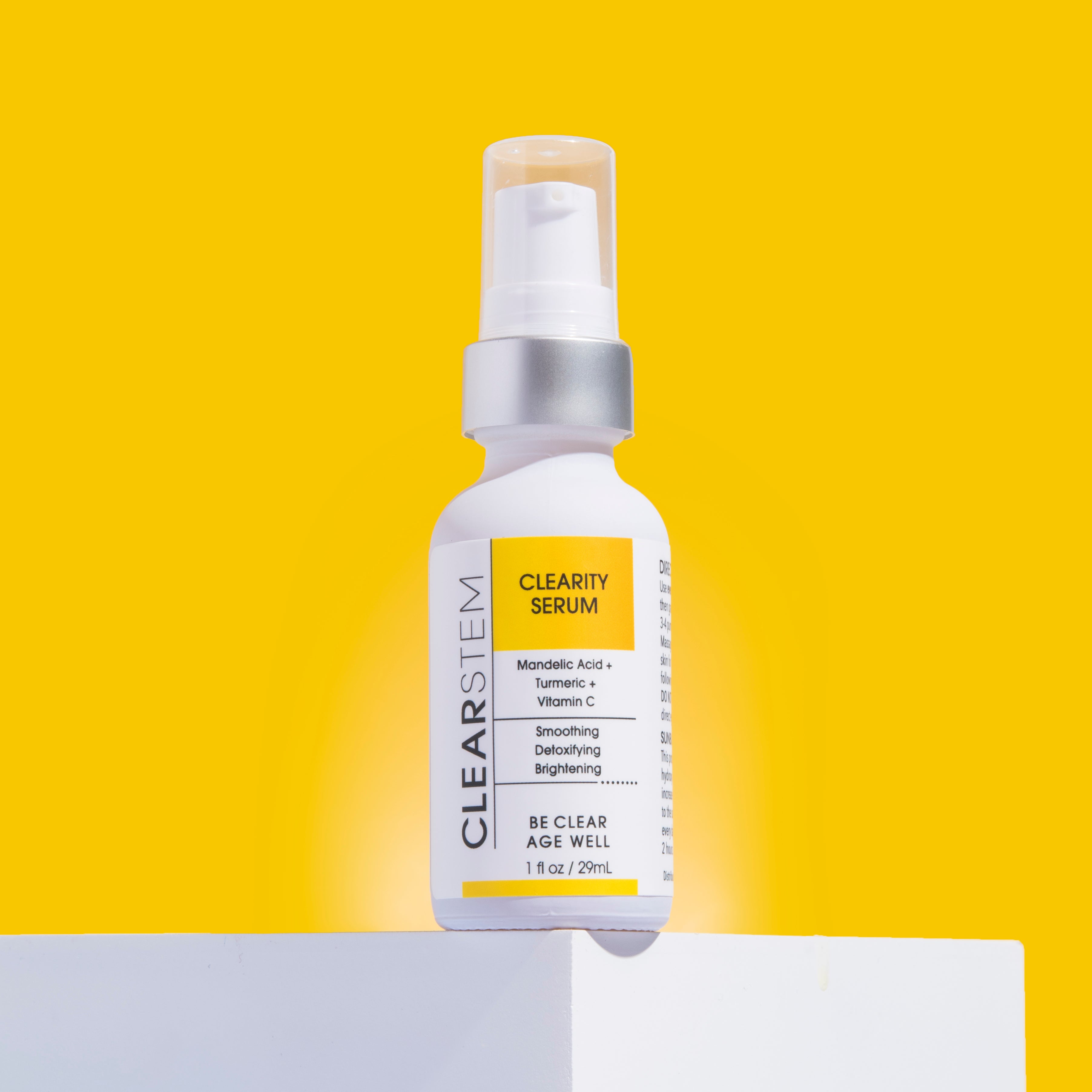If you were to compare the amount of consideration you put into choosing your skincare products to the time you spend selecting the right hair care products, would the effort be equal? For most people, the answer is probably no.
But today, more self-care product experts and consumers are waking up to the potential of clean, non-toxic hair care products and how they contribute to a healthier hygiene routine.
If you’re joining the bandwagon, welcome aboard. The first step on the journey is identifying the ingredients to avoid in hair products.
Impact of Harmful Ingredients on Hair Health
Harmful ingredients come in many different forms, and each can have its own negative impact on your hair and scalp.
For example, repeatedly using harmful ingredients on your hair can:
- Strip the scalp and hair of its natural oil
- Leave behind greasy deposits and residues
- Increase the likelihood of breakage and split ends
- Cause your hair to become weak and dull
The negative impacts of harmful hair care ingredients can also impact our skin health. It was a no-brainer for us to develop non-comedogenic hair products that are safe for your skin. Designed to keep your pores clear of clogging ingredients, our products are the perfect solution for minimizing common breakouts, such as forehead and back acne. By prioritizing your skin and hair health, we ensure that every wash leaves you feeling refreshed and confident, without the worry of unwanted breakouts. Stay tuned for a hair care experience that truly understands your skin.
Top Ingredients to Avoid in Hair Care
Say goodbye to these harmful hair care ingredients and hello to a more nourished, healthy scalp and strands.
#1 Sulfates
In the modern haircare world, many brands have begun marketing their products as sulfate-free, but if you’ve ever come across this classification, you may have felt confused as to why sulfates have been saddled with such an insidious reputation.
Put simply, sulfates are a type of detergent that helps products like shampoo mix with water to work up a satisfying lather.
While the intense foam that sulfates create can make your scalp feel squeaky clean, the cleansing powers of sulfates can often be too intense on our fragile hair. This is because, as they do their job of stripping dirt and grease out of your hair, they can also produce the unwanted side effect of removing natural oil and moisture.
Since our hair needs this essential lubrication to stay healthy, products containing sulfates can sometimes do more harm than good. If you have especially sensitive skin or dry and frizzy hair, it’s best to steer clear of these harmful chemicals in shampoos. Doing so will help you achieve healthy hair and prevent potential scalp irritation.
#2 Parabens
Many manufacturers choose to include preservatives called parabens in their formulas to prevent bacteria from growing in water-based personal care products. These parabens are useful for extending the viable shelf life of products.
Unfortunately, the positive properties of parabens come hand in hand with a few problematic ones. Perhaps the biggest cause of concern associated with this harmful ingredient is its ability to act like the hormone estrogen in the human body.
Due to this, parabens are sometimes able to:
- Disrupt hormone systems
- Impact reproductive fertility
- Interfere with pregnancy
Additionally, scientists are currently studying whether there could be a potential link between parabens and breast cancer rates.
Invest in paraben-free products to protect yourself and your peace of mind to be safe.
#3 Formaldehyde-Releasing Preservatives
Also on the list of hair ingredients to avoid is formaldehyde-releasing preservatives. Formaldehyde is a gas classified as a human carcinogen by the International Agency for Research on Cancer.
You would think that such a dangerous toxic ingredient wouldn’t be something we’d have to worry about in hair products, but unfortunately, many preservatives used in hair products can actually release formaldehyde into the air.
Products like straightening solutions and smoothing treatments can often contain formaldehyde-releasing preservatives, so check the ingredient lists before using them to make sure you’re not exposing yourself to toxic ingredients.
#4 Synthetic Fragrances
We all love a hair product that makes our hair smell sweet, clean, and fresh.
But when manufacturers cut corners by using synthetic processes to produce scents, they may utilize chemicals in their formula that can harm the skin. In fact, some hair care products can even cause acne and other skin issues.
People with sensitive skin or allergies may experience the triggering of painful and uncomfortable reactions when they use hair products with a synthetic fragrance.
#5 DEA, TEA, and MEA: Harmful Surfactants
DEA, TEA, and MEA are three members of the ethanolamine category of chemicals.
They serve as emulsifying agents in many common personal care products, but ongoing research points to the potential risks these ingredients may pose.
Studies have linked DEA (diethanolamine) to health issues like hormone disruption, cancer, and liver tumors, while TEA (triethanolamine) and DEA (diethanolamine) have been associated with liver cancer in female mice.
#6 Phthalates
Phthalates are a group of toxic chemical compounds that are utilized in products like shampoo and hair sprays for their ability to improve the absorption of different formulas.
But like some of the other harmful ingredients on our list, they have unfortunately been linked to issues like hormone disruption when tested in animal studies.
Right now, the impact of phthalates on humans is still unclear, but because evidence suggests that these compounds negatively impact the reproductive health of animals, many people are choosing to exercise caution when using products with these harmful chemicals.
#7 Petrolatum
Petrolatum, also known as petroleum jelly, is popularly used in cosmetics because it can provide deep moisturization that hydrates the skin.
While it’s often used for treating dry skin or wounds, this ingredient is also commonly seen in hair products such as pomades and hair oils.
Unfortunately, petrolatum carries risks such as:
- Contamination involving impurities such as carcinogens
- Irritation when used on sensitive skin
- Allergic reactions to petroleum-based products
For these reasons, petrolatum has earned its spot, rounding out our list of the top ingredients to avoid in hair products.
Find Haircare Peace of Mind with CLEARSTEM
You don’t have to sacrifice the sleek and shiny hair you love in the name of keeping yourself safe. Now that you know what ingredients are bad for hair, you can start investing in better hair products with safe and effective ingredients.
Here at CLEARSTEM, we’ve formulated a power duo—our Restorative Shampoo and Repair Conditioner—for this exact purpose because we believe in personal care products made with integrity.
Sources:
EWG. What Are Parabens, and Why Don’t They Belong in Cosmetics? https://www.ewg.org/what-are-parabens#
WebMD. What to Know About Parabens. https://www.webmd.com/beauty/what-to-know-about-parabens
FDA. Formaldehyde in Hair Smoothing Products: What You Should Know. https://www.fda.gov/consumers/consumer-updates/formaldehyde-hair-smoothing-products-what-you-should-know
Force of Nature. WHAT ARE ETHANOLAMINE COMPOUNDS (DEA, MEA, OR TEA): CHEMICAL FREE LIVING. https://www.forceofnatureclean.com/chemical-free-living-ethanolamine-compounds-dea-mea-tea/
Health. How To Find Phthalate-Free Shampoo and Other Cosmetics. https://www.health.com/beauty/hair/phthalate-free-shampoos-infertility
Mid-County Dermatology. Petrolatum: Understanding its Benefits and Risks. https://www.midcountyderm.com/post/petrolatum-stlouis











